Escape into your dreams as the SPSO musically paints the surreal sounds of the music of French Impressionist Claude Debussy. Critically acclaimed Violinist Robyn Bollinger makes her SPSO debut featuring the sultry sounds of tango master Astor Piazzolla’s Four Seasons of Buenos Aires. Discover your inner passion and get your tango on! We all need a little time to dream, escape, and indulge.
Saturday, 7 November 2020
7:30 p.m.
SPSO LIVEstream!
Ms. Bollinger, violin
I. Verano Porteña (Summer)
II. Otoño Porteño (Autumn)
III. Invierno Porteño (Winter)
III. Primavera Porteña (Spring)
Support the SPSO
To make a donation please call 267.217.2273 or donate securely through PayPal by clicking the "Donate" button below.
Watch Saturday's performance on YouTube or, you can also view at https://livestream.com/tat/spso-nov-2020/
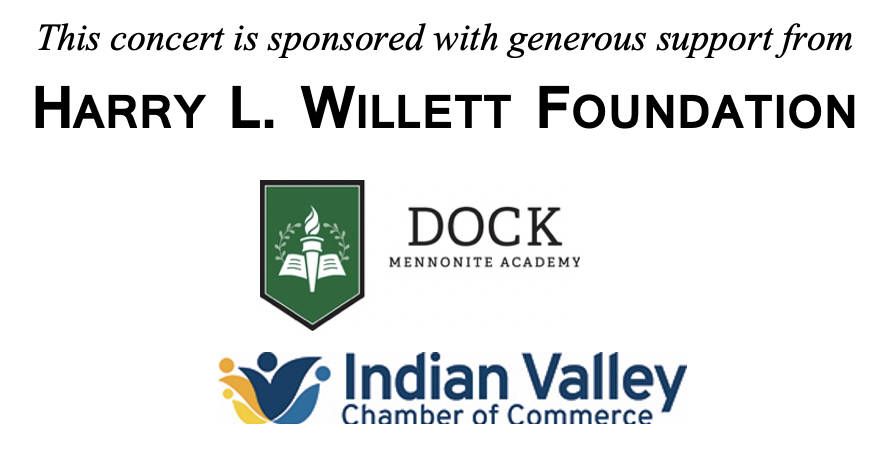
Hailed by the press as “daring, versatile, charismatic and passionate,” Violinist Robyn Bollinger is recognized for her musical creativity, rich tones, and technical mastery. She came to national attention with her 2014 residency on PRI’s Performance Today and several appearances on NPR’s From the Top. A recent conservatory graduate, she is recipient of a prestigious 2016 Fellowship from the Leonore Annenberg Arts Fellowship Fund for her multimedia performance project CIACCONA: The Bass of Time, which she began touring nationally in 2018. This performance marks her debut with the Southeastern Pennsylvania Symphony Orchestra and the SPSO LIVEstream!. She has recently performed with Maestro Scott and the Helena Symphony Orchestra with works by Piazzolla and Lalo.
Entering his nineteenth season as Music Director of the Southeastern Pennsylvania Symphony Orchestra, Maestro Allan R. Scott has been noted as one of North America’s most dynamic young figures in symphonic music and opera. He is widely recognized for his innovative approach to programming, dynamic vision, and ability to elicit top-notch performances from musicians.
Dividing his time between residences in Helena and Philadelphia, Pennsylvania, the Philadelphia native also marks his eighteenth season as Music Director of Montana’s Helena Symphony Orchestra & Chorale. In addition, he also serves as the Principal Conductor of the Wilmington Ballet Company in Delaware.
Composer Kile Smith’s The Arc in the Sky with The Crossing received a 2020 Grammy Award nomination for Best Choral Performance, and his Canticle with Cincinnati’s Vocal Arts Ensemble helped win the 2020 Best Classical Producer Grammy for Blanton Alspaugh.
Mr. Smith has gained national and international acclaim with commissions from The Crossing, Conspirare, Piffaro, Helena Symphony, Lyric Fest, Westminster Choir College, Mendelssohn Club of Philadelphia, Newburyport Chamber Music Festival, the Pennsylvania and iSing Girlchoirs, Choral Arts Philadelphia, Gaudete Brass, Red Shift, and Cincinnati’s Vocal Arts Ensemble, with major choral works heard in Chicago, Boston, San Francisco, Dallas, Canada, England, and New Zealand.
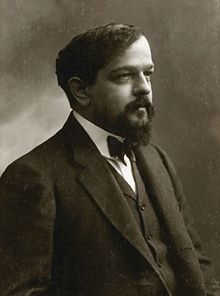
CLAUDE DEBUSSY
Born: Saint-Germain-en-Laye, France, 22 August 1862
Died: Paris, France, 5 March 1918
Parallel Events / 1894
Massenet’s opera Thais premiered
Union leader Eugene Debs led Railway Union on strike against Pullman Railways
U.S. Congress makes Labor Day a national holiday
Poet e. e. cummings, artist Norman Rockwell, and comedian Jack Benny were born
Coca-Cola first sold
Prelude to the Afternoon of a Faun
Debussy’s Prelude to the Afternoon of a Faun was originally composed for three flutes, two oboes, English horn, two clarinets, two bassoons, four horns, two harps, crotales, and divided strings.
Composer Arnold Schoenberg supervised the arrangement of the chamber version of the work that is scored for one flute, one oboe, one clarinet, piano, harmonium, crotales, and divided strings. It is the latter version that is performed on this program.
Duration: 12 minutes
There are very few defining moments in musical history that drastically altered the future of music. Certainly, Beethoven’s Third and Ninth Symphonies, Stravinsky’s Rite of Spring, and Debussy’s Prelude to Afternoon of a Faun, which premiered 22 December 1894.
In a single ten-minute work, the grandiose late-Romantic era shaped by Richard Wagner collapsed, and the sounds of twentieth century were ushered in and, as modern composer and conductor Pierre Boulez often claims, “the art of music began to beat with a new pulse.” The thirty-two-year-old pianist, Claude Debussy indeed did create a completely new sound of music with this tone poem that was inspired by Stéphane Mallarmé’s poem of the same name written almost two decades earlier.
Subject wise, Debussy explains that the music was meant to convey the “desires and dreams of the faun in the afternoon heat. Then, tired of pursuing the nymphs and naiads in their timorous flight, he abandons himself to intoxicating sleep, full of visions finally realized.” The subject matter of Prelude to the Afternoon of a Faun however, is not the main interest of the composer; rather, it is the images left over from the faun’s dreams that Debussy attempts to capture, or as Debussy states, “it is the general impression of the poem.”
Musically, Prelude to the Afternoon of a Faun has a very transparent and almost watery quality, with no heavy brass and virtually no percussion. The solo flute gives a vague direction to the work, while the remainder of the orchestra produces swells of colorful non-rhythmic sonorities, moving along without a clear sense of pulse. The effect of this sensuous, fluid, subtly constructed music and supremely refined style of composition became known as impressionism in music, and thereby linking Debussy with painters such as Monet, Renoir, and Seurat.
For Debussy, music was rooted in memory. In a letter to a pupil, Debussy wrote: “Collect impressions. Don’t be in a hurry to write them down. Because that’s something music can do better than painting: it can centralize variations of color and light within a single picture.” This very statement became Debussy’s credo, mirroring statements from the impressionist and post-impressionist painters.
Earlier in his largely self-taught compositional career Debussy won the coveted Prix de Rome for composition in 1884; composed in Italy (even playing for Liszt); discovered and rejected the growing Wagnerian cult; then returned to Paris more focused and musically mature. It was then that he composed his well-known string quartet and Prelude to the Afternoon of a Faun. While Debussy’s music contains the color and ambiguity of Wagner’s harmonies, he avoids its emotional tensions.
Through his own discoveries, musically and otherwise, Debussy learned to prefer suggestion to direct statement. He trusted no “lifeless rules invented by pendants,” as Debussy said; rather, it was his instinct that he followed, and in the process he brought to music a unique world of sensibility.
Despite that Debussy was often only admired exclusively for his harmonies, it was his images that were guided by clear melodic passages that contributed to his popularity. Also criticized as being “boneless tonal vibrato,” Debussy’s music was capable of powerful, but controlled eruptions when needed.
In a note to his publisher, Debussy sums up this quiet musical revolution: “I feel more and more that music, by its very essence, is not something that can flow inside a rigorous, traditional form. It consists of colors and of rhythmized time. There is not theory. You have only to listen. Pleasure is law.”
Parallel Events / 1910
China ends slavery
George V becomes King of England
Hally’s Comet first visible
City of Tel Aviv is founded
Glacier National Park is established
Matisse’s paints La Dance
Picasso’s cubist period
Stravinsky composes The Firebird
Mahler’s Symphony of a Thousand premieres with 1,026 performers
New York City’s Pennsylvania Station opens
King of England Edward VII, nurse Florence Nightingale, novelists Mark Twain and Leo Tolstoy die
American composer Samuel Barber and sea explorer Jacques Cousteau are born
Boy Scouts of America is established
La Plus que lente
La Plus que lente is orchestrated for flute, clarinet, cimbalom (played here by harp), piano, and divided strings.
Duration: 6 minutes
Color is perhaps most associated with Debussy’s music. In 1910 he composed a little waltz for piano titled La Plus que lente (“the more than slow” or “slower than slow”). Despite its title of “lente,” La Plus que lente was not meant to be played slowly. Debussy uses the word “lente” to the well-known genre in music of valse lente – a slow waltz popular in French society.
Debussy’s publisher commissioned a French composer (Henri Mouton) to orchestrate the piano score. While Debussy supported the idea of La Plus que lente arranged for orchestra, he was not happy with the results from Mouton. Naturally, Debussy reworked the orchestration to create a more magical and seductive sound by removing all of the brass instruments and adding a new opening to include the use of a cimbalom (which can be played on the harp).
This miniature is quintessential Debussy with its perfumed atmosphere and exaggerated sense of reality – another dream state. The result sounds like a lazy waltz that could certainly never be danced to in reality, but only in an imaginary world.
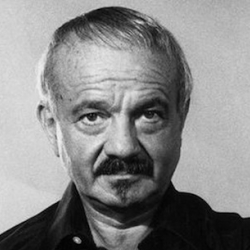
ASTOR PIAZZOLLA
Born: Mar del Plata, Argentina, 11 March 1921
Died: Buenos Aires, Argentina, 4 July 1992
Up to then I had composed symphonies, chamber music, string quartets; but Nadia Boulanger analyzed my music. She said she could find nowhere any Piazzolla. She could find Ravel and Stravinsky, also Béla Bartók and Hindemith – but never Piazzolla. Nadia made me play a tango for her, and she said ‘You idiot! That is the real Piazzolla!’ So, I threw away all the other music and, in 1954, started working on my New Tango.Also, while in Paris, Piazzolla heard American jazz baritone saxophonist Gerry Mulligan and his octet perform. By 1956 Piazzolla presented his Nuevo Tango – a hybrid tango that incorporates elements of jazz, classical, and popular music – in concert with his own quintet made up of piano, bandoneon, violin, electric guitar, and bass, with whom he successfully toured much of Brazil, Argentina, and the United States from the 1960s to the 1970s. “Traditional tango listeners hated me,” Piazzolla recalled. “People thought I was crazy, but the young people who had lost interest in the tango started listening to me.”
Parallel Events / 1970
U.S. adopts 26th Amendment lowering the voting age to 18
Apollo 13’s failed attempt to the moon
Ohio’s Kent State University riots spark national protests
Earthquake in Peru kills 67,000 and earthquake in China kills 15,000
Sondheim’s musical Company debuts on Broadway
The Beatles release Hey Jude album and “Let It Be” single
Diana Ross & The Supremes perform last concert
Soap opera All My Children, NFL Monday Night Football, The Mary Tyler Moore Show, and The Partridge Family all debut on TV
Films Catch-22, MASH, and Disney’s Aristocats premiere
French leader Charles De Gaulle, rock guitarist Jimi Hendrix, and singer Janis Joplin die
First Earth Day
Las Cuatro Estaciones Porteñas (The Four Seasons of Buenos Aires)
The Four Seasons of Buenos Aires is orchestrated for solo violin and string orchestra.
Duration: 25 minutes
Piazzolla wrote the first of his Las Cuatro Estaciones Porteñas (“porteñas” refers to Buenos Aires) in 1965 with the Buenos Aires Summer movement (Verano Porteño). Piazzolla composed it in one night for a recording session that his ensemble was to record for an upcoming production of the play Melenita de oro (Golden Hair) by his friend Alberto Rodríguez Muñoz. Otoño Porteño (Buenos Aires Autumn) followed four years later, and then both Primavera Porteño (Buenos Aires Spring) and Invierno Porteño (Buenos Aires Winter) were written in 1970. Originally it was not Piazzolla’s intention to write a suite that paralleled Vivaldi’s Four Seasons, as they were meant to demonstrate his Neuvo Tango and his Quintet, not an orchestra. Occasionally the Quintet perform the four works together, but it was not until they were arranged for different ensembles that they began appearing under the title of Las Cuatro Estaciones Porteñas (The Four Seasons of Buenos Aires).
In the late 1990s, Latvian violinist Gidon Kremer collaborated with Russian composer Leopnid Desyatnikov to rethink and rearrange Piazzolla’s Four Seasons of Buenos Aires as a work that directly relates them to Vivaldi’s masterpiece – meaning for solo violin and string orchestra. The use of bandoneon and electric guitar are removed, and the movements of Piazzolla’s southern hemisphere seasons are directly associated with the seasons occurring simultaneously in Vivaldi’s Italy. In January it is summer in Argentina, while it is winter in Italy. So, the pieces are linked in that relative way: summer with winter, and fall with spring. The arrangement even quotes Vivaldi’s virtuosic solo violin passages to make direct connections, hearing Vivaldi’s summer in Piazzolla’s winter for example.
Piazzolla’s electrifying blend of fire and passion with the traditional tango coupled with modern harmonies and edgy textures produced over 750 works – from intimate to theatrical, from violent to sensual, and from witty to melancholy. By the time he returned to Buenos Aires in 1985, Piazzolla was hailed as the musician who revitalized one of the quintessential genres of Latin music, and a true revolutionary figure for tango. While he died of a stroke in 1992, the popularity and excitement of his music is still growing.
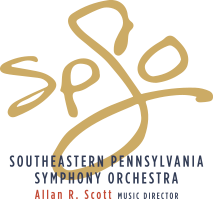
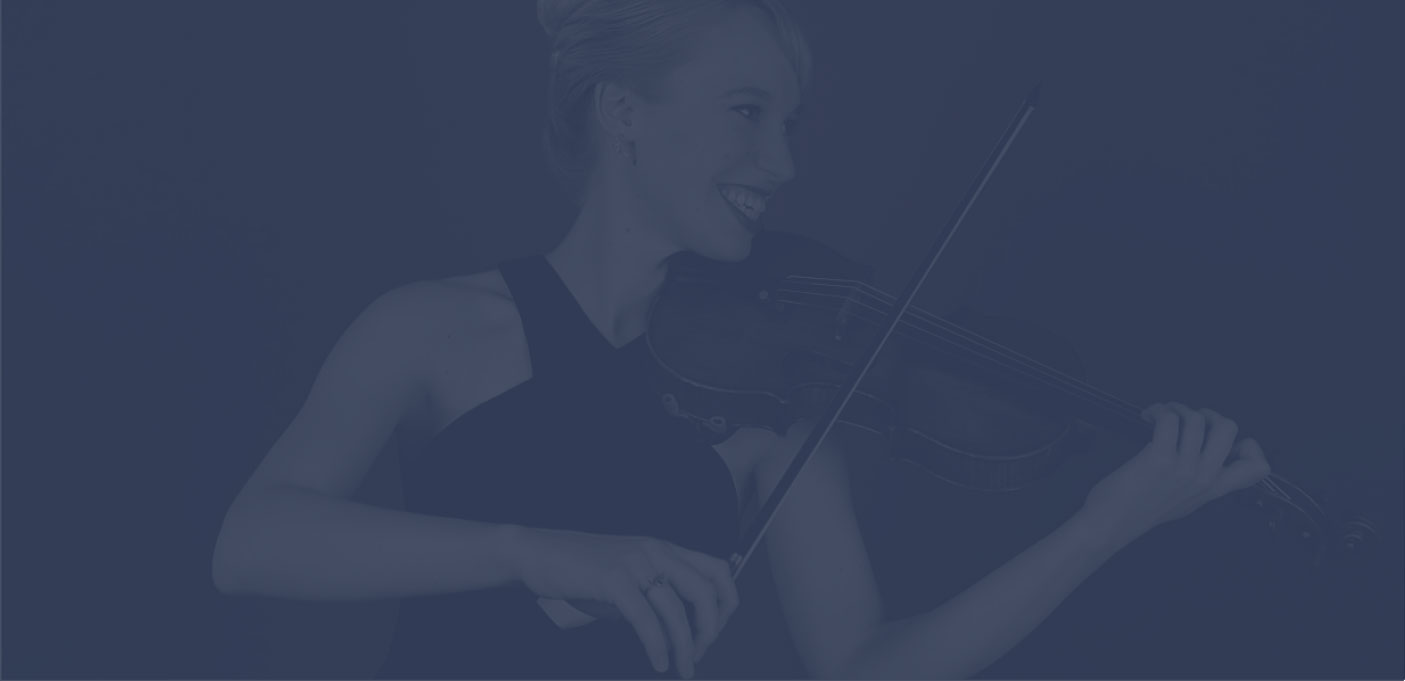

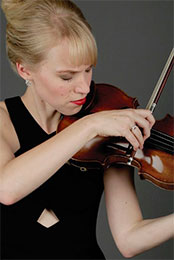
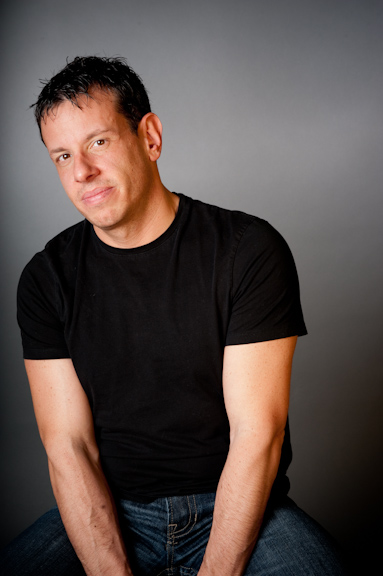
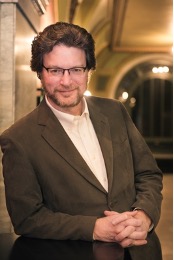
0 Comments